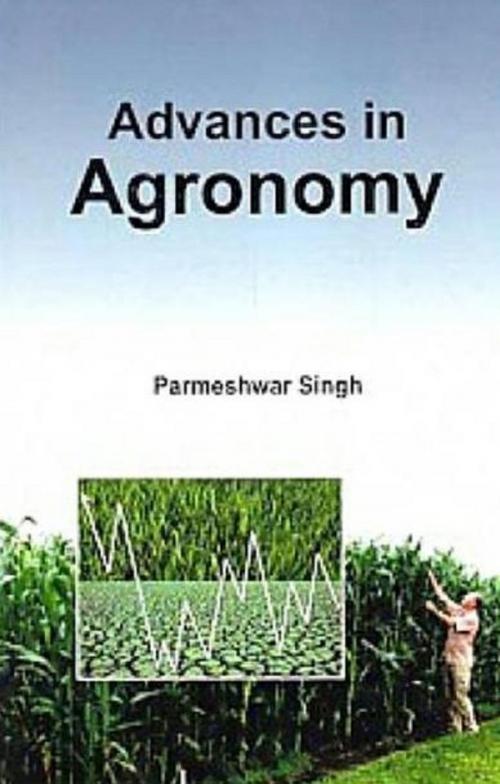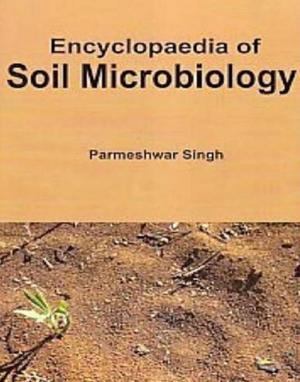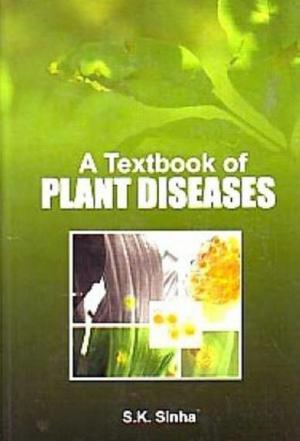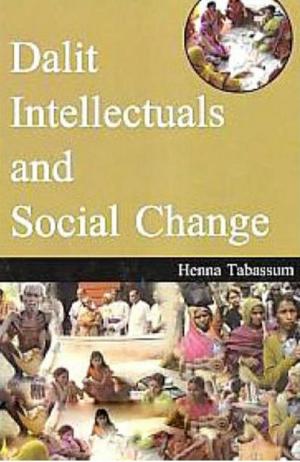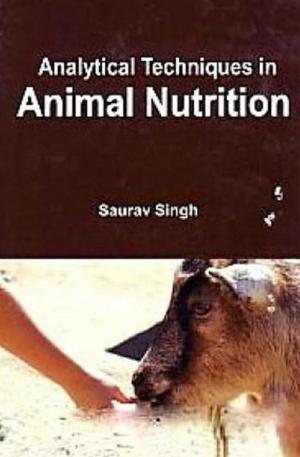| Author: | Parmeshwar Singh | ISBN: | 9789387798151 |
| Publisher: | Centrum Press | Publication: | June 30, 2013 |
| Imprint: | Centrum Press | Language: | English |
| Author: | Parmeshwar Singh |
| ISBN: | 9789387798151 |
| Publisher: | Centrum Press |
| Publication: | June 30, 2013 |
| Imprint: | Centrum Press |
| Language: | English |
Agronomy is the science and technology of producing and using plants for food, fuel, fibre, and reclamation. Agronomy encompasses work in the areas of plant genetics, plant physiology, meteorology, and soil science. Agronomy is the application of a combination of sciences like biology, chemistry, economics, ecology, earth science, and genetics. Agronomists today are involved with many issues including producing food, creating healthier food, managing environmental impact of agriculture, and creating energy from plants. Agronomists often specialize in areas such as crop rotation, irrigation and drainage, plant breeding, plant physiology, soil classification, soil fertility, weed control, insect and pest control. This area of agronomy involves selective breeding of plants to produce the best crops under various conditions. Plant breeding has increased crop yields and has improved the nutritional value of numerous crops, including corn, soybeans, and wheat. It has also led to the development of new types of plants. For example, a hybrid grain called triticale was produced by crossbreeding rye and wheat. The book aims to serve as a major source of information for the students, researchers, farmers and producers to know about research advances on agronomy.
Agronomy is the science and technology of producing and using plants for food, fuel, fibre, and reclamation. Agronomy encompasses work in the areas of plant genetics, plant physiology, meteorology, and soil science. Agronomy is the application of a combination of sciences like biology, chemistry, economics, ecology, earth science, and genetics. Agronomists today are involved with many issues including producing food, creating healthier food, managing environmental impact of agriculture, and creating energy from plants. Agronomists often specialize in areas such as crop rotation, irrigation and drainage, plant breeding, plant physiology, soil classification, soil fertility, weed control, insect and pest control. This area of agronomy involves selective breeding of plants to produce the best crops under various conditions. Plant breeding has increased crop yields and has improved the nutritional value of numerous crops, including corn, soybeans, and wheat. It has also led to the development of new types of plants. For example, a hybrid grain called triticale was produced by crossbreeding rye and wheat. The book aims to serve as a major source of information for the students, researchers, farmers and producers to know about research advances on agronomy.
